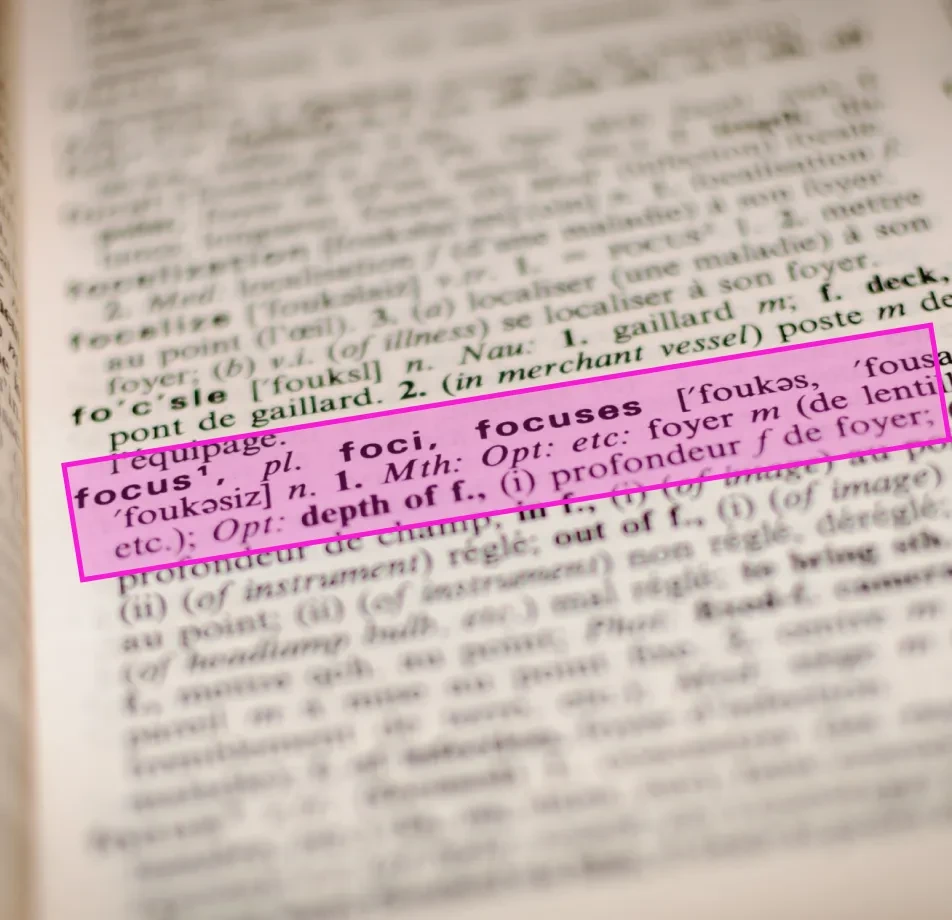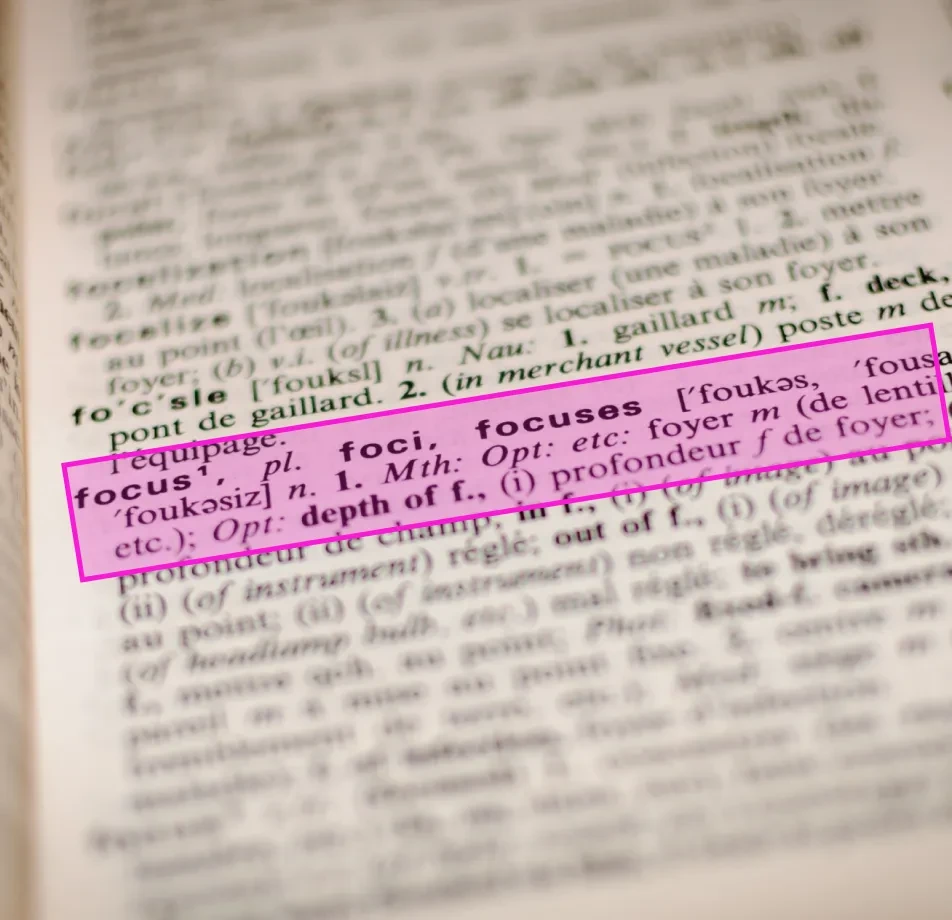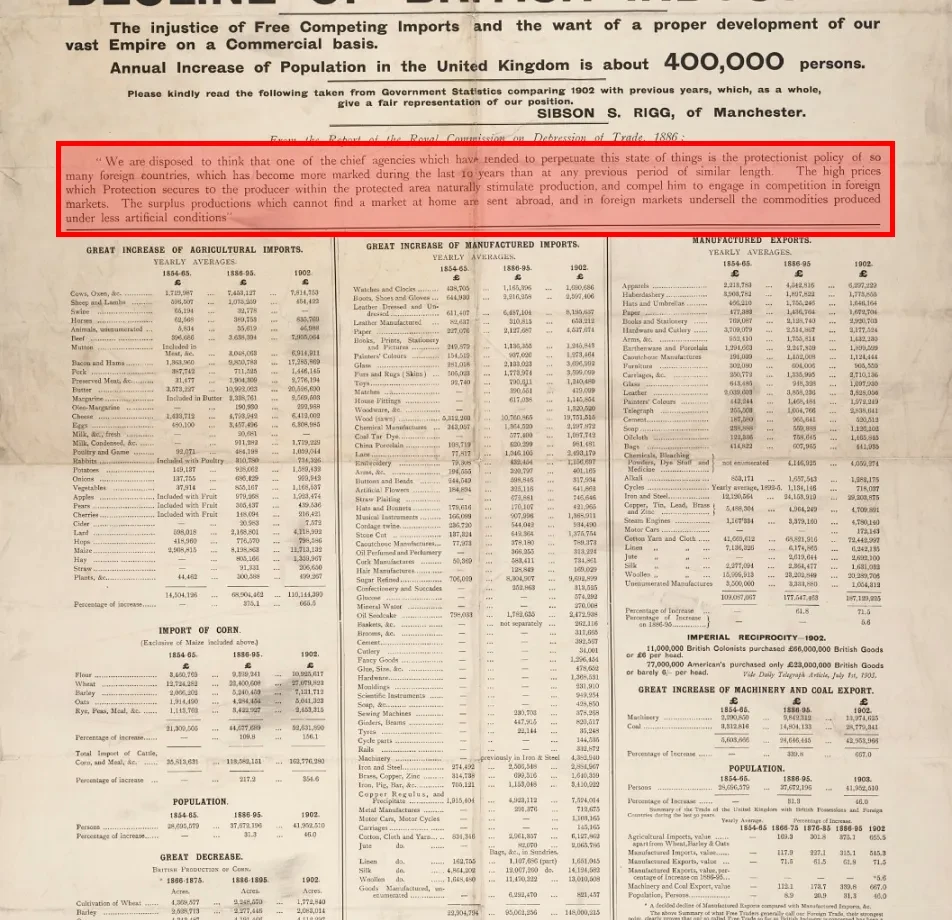Text Summarization for Content Curation
Home » Case Study » Text Summarization for Content Curation
Project Overview:
Objective
Text Summarization for content curation aims to automate and enhance the summarization process, thereby improving information accessibility. Additionally, it enables quick access to essential content across various domains. Moreover, this technology seeks to address precision challenges and encourages collaboration for optimization.
Scope
Text summarization for content curation efficiently distills content into concise summaries. Consequently, this enhances curation across various domains, including journalism and online information sharing. Moreover, it addresses precision challenges and thus encourages collaboration for customized applications.




Sources
- Summarization Algorithms: Utilize text summarization algorithms and software designed for creating concise and coherent summaries. Furthermore, these algorithms can significantly enhance the efficiency of content processing.
- Large Text Corpora: Access extensive text corpora and datasets to train and refine summarization models for diverse applications in content curation. Moreover, leveraging these resources ensures that the models are robust and versatile.



Data Collection Metrics
- Volume: Quantity of collected text data.
- Relevance Score: Measurement of data’s suitability for content curation and summarization.
Annotation Process
Stages
- Content Collection: Gather a large amount of textual content for summarization.
- Preprocessing: First, clean and format the text by removing noise and standardizing the content.
- Text Analysis: Next, analyze the content to identify key information and extract significant points.
- Summarization Algorithm: Then, apply text summarization algorithms to create concise and coherent summaries.
- Quality Review: After that, review and refine the summaries to ensure accuracy and readability.
- Integration and Sharing: Finally, integrate the summaries into content curation platforms and share them with users to improve accessibility.
Annotation Metrics
- Inter-Annotator Agreement: It is important to check how much different annotators agree with each other. This helps measure how reliable the annotations are. By ensuring annotators agree on their annotations, we can gauge the consistency and accuracy of the data.
- Label Accuracy: It is crucial to evaluate how precise and correct the annotations are. Accurate labeling ensures the quality and reliability of the annotated dataset, which is essential for further use.
- Feedback Mechanism: Setting up a feedback system to address uncertainties and continually enhance annotation quality is vital. A good feedback system allows annotators to learn from mistakes and improve over time, leading to more reliable annotations.




Quality Assurance
Stages
- Data Quality: It is essential to implement data quality checks to ensure the accuracy and reliability of collected data. By consistently monitoring and verifying the data, we can maintain high standards and ensure that the information used for analysis is both accurate and reliable.
- Privacy Protection: Strictly adhering to privacy regulations and obtaining informed consent from participants is crucial. Ensuring that data is anonymized and cannot be traced back to specific individuals is paramount. This practice protects the privacy of participants and aligns with legal requirements.
- Data Security: Implementing robust data security measures to protect sensitive information is vital. These measures include encryption, access controls, and regular security audits. By safeguarding the data, we can prevent unauthorized access and data breaches, ensuring the confidentiality and integrity of the information.
QA Metrics
- Data Accuracy: Ensure data accuracy through regular validation checks.
- Privacy Compliance: Regularly audit data handling processes for privacy compliance.
Conclusion
Text summarization technology has become a crucial tool for content curation. It enables the efficient distillation of large volumes of information into concise and digestible summaries. Moreover, it plays a significant role in enhancing content curation across various sectors, such as journalism, publishing, and online information sharing. Thus, users can quickly access essential information.

Quality Data Creation

Guaranteed TAT

ISO 9001:2015, ISO/IEC 27001:2013 Certified

HIPAA Compliance

GDPR Compliance

Compliance and Security
Let's Discuss your Data collection Requirement With Us
To get a detailed estimation of requirements please reach us.
